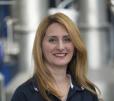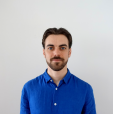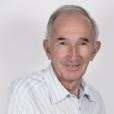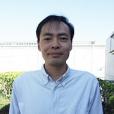Dating Aboriginal rock art using mud wasp nests
Radiocarbon dating of mud wasp nests was used as an indirect method of dating the Gwion Gwion style.

Showing 1 - 20 of 331 results
Radiocarbon dating of mud wasp nests was used as an indirect method of dating the Gwion Gwion style.
ANSTO provides secondary students with a range of learning resources for those interested in science or studying for exams. For teachers, ANSTO provides learning resources and professional development, as well as in-school-term science tours and videoconferences. Workbooks are provided as required learning material to accompany a school visit to ANSTO. They can also be used on their own as a classroom resource.

Advanced imaging technique used to study triggers that lead to tree death

Professor Peter Lay from the University of Sydney has been awarded the Australian Synchrotron Lifetime Contribution Award by ANSTO, the Australian Nuclear Science and Technology Organisation.

The SAAFE Program supports early career researchers at PhD and Postdoctoral level to expand research and innovation activities within Human Health, the Environment and the Nuclear Fuel Cycle, to initiate sustainable research networks and linkages to support Australia, New Zealand and France research and innovation.

Sample environments, Data Analysis.

Sample environments, Data analysis.

Data analysis on the X-ray fluorescence microscopy beamline at the Australian Synchrotron.

Sample environments, Data Analysis, Mail-in Services.

Sample environments, Data analysis and reduction on the Koala instrument.

Over the last decades, neutron, photon, and ion beams have been established as an innovative and attractive investigative approach to characterise cultural-heritage materials.

Bob Ring is a Principal Consultant within ANSTO's minerals area.
Come and discover the world of science at the Australian Synchrotron - book a school tour today.

Sample environments, Data analysis, SpICE and SICS
